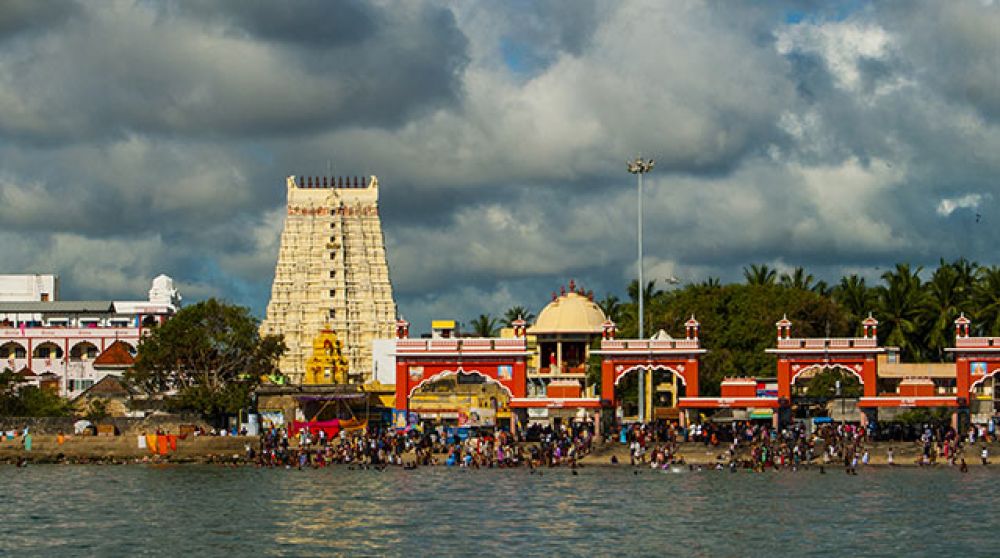

The Ramanathaswamy Temple in Rameswaram, Tamil Nadu, is one of the most revered Hindu shrines in India, attracting thousands of pilgrims and tourists every year. The temple has a rich history that dates back to the Ramayana, an ancient Indian epic. According to the Ramayana, the temple marks the place where Lord Rama, along with his wife Sita and brother Lakshmana, worshipped Lord Shiva to absolve any sins that might have been committed during Rama's war against the demon king Ravana in Lanka.
The temple is one of the twelve Jyotirlinga temples, where Shiva is worshipped in the form of a Jyotirlinga or "pillar of light." The original shrine was believed to be established by Rama himself, with the lingam constructed by Sita from the sands of the seashore. Through the centuries, various dynasties such as the Pandya, the Cholas, the Cheras, the Vijayanagara Empire, and the Sethupathis contributed to the renovations and expansions of the temple complex.
The temple's magnificent architecture includes one of the largest temple corridors in India, which is adorned with thousands of intricately carved pillars. The temple's sprawling complex is renowned for its striking corridors, massive sculpted pillars, and the 22 theerthams or sacred water bodies, which devotees believe can absolve one's sins. The longest corridor in the temple runs over 1200 meters and is an architectural marvel of the 12th century.
Ramanathaswamy Temple is also instrumental in the completion of the Char Dham pilgrimage, which is considered one of the holiest pilgrimages in Hinduism. The temple is the southernmost of the four cardinal points proposed by Adi Shankaracharya in the 8th century, including Badrinath, Dwarka, and Puri, making it an essential stop for the devout seeking spiritual liberation.
Over the years, Rameswaram and the Ramanathaswamy Temple have seen consistent growth in the number of tourists and pilgrims. The Tamil Nadu government and the Indian tourism industry have taken several steps to enhance the travel experience by improving infrastructure, accommodation, and transport connectivity to the island. Eco-friendly initiatives are also being adopted to conserve the unique environment of this coastal town.
With the advent of technology, virtual temple tours, and online pooja services have become quite popular, accommodating devotees who cannot make the journey physically. Cultural festivals, temple rituals, and traditional performances are being promoted to attract a wider audience seeking cultural enrichment.
Tourism around the temple peaks during auspicious days on the Hindu calendar, such as Maha Shivratri and during the month of Karthikai. The government and local organizations facilitate the influx of pilgrims during these times, ensuring a blend of spiritual fulfillment and tourism development.
In conclusion, the Ramanathaswamy Temple's enduring appeal lies not just in its profound spiritual significance but also in its historical grandeur and the cultural tapestry that surrounds this ancient sanctuary. Today, the temple continues to be a bastion of Indian heritage, drawing visitors from across the globe seeking both divine blessings and a glimpse into India’s rich past.